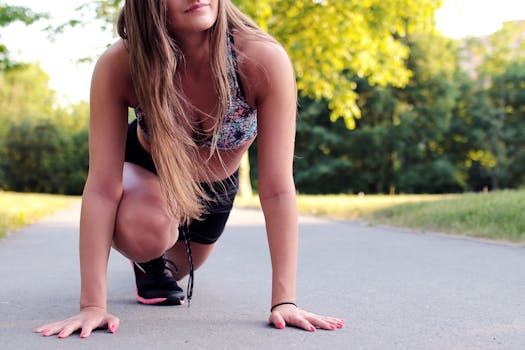
Introduction
Finding the perfect running route can make your workouts more enjoyable and help you stay motivated. Whether you're a beginner or a seasoned runner, having the right route is essential for safety, scenery, and convenience.
1. Use Technology
- Running Apps: Apps like Strava, MapMyRun, and Nike Run Club have route suggestions based on your location.
- Online Maps: Use Google Maps to explore sidewalks, parks, and trail networks in your area.
2. Check Local Resources
- Running Clubs: Join local running groups or clubs on social media. Members often share their favorite routes and tips.
- Parks and Recreation Sites: Visit your city or county parks department website for mapped trails and park information.
3. Prioritize Safety
- Well-Lit Paths: Choose routes that are well-lit and have frequent foot traffic, especially if running early in the morning or late at night.
- Low Traffic Areas: Opt for parks, trails, or quiet neighborhoods to avoid busy roads and intersections.
4. Consider Scenery and Terrain
- Natural Beauty: Parks, riversides, and trails offer scenic views that make your run more enjoyable.
- Challenging Terrain: Hills and varied surfaces can add intensity and help improve your fitness.
5. Test and Personalize
- Try Different Routes: Experiment with several routes to find the one that best fits your needs for distance, elevation, and enjoyment.
- Create Route Variations: Mix up your runs by reversing the route or connecting multiple loops.
Conclusion
By using technology, engaging with your community, and prioritizing safety, you can discover great running routes near you. Keep exploring until you find the perfect fit for your running style and goals!
Comments
Post a Comment